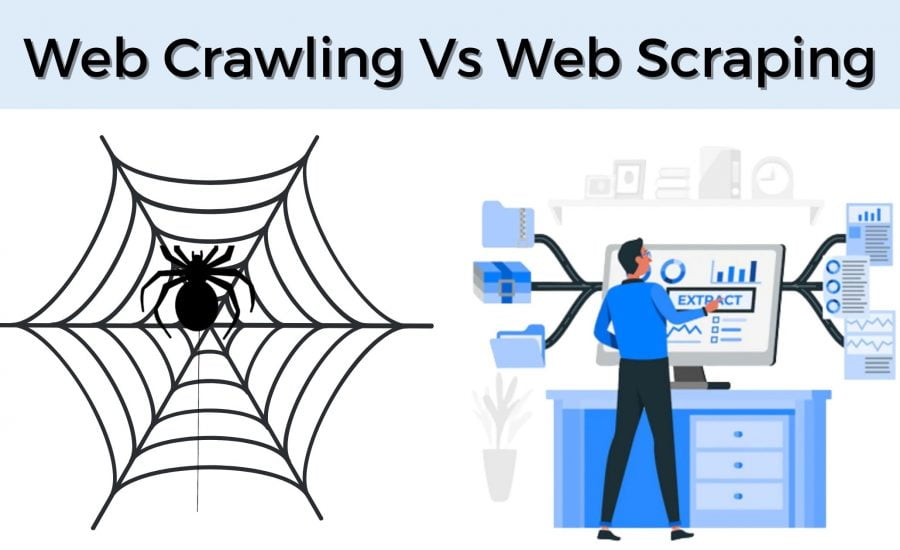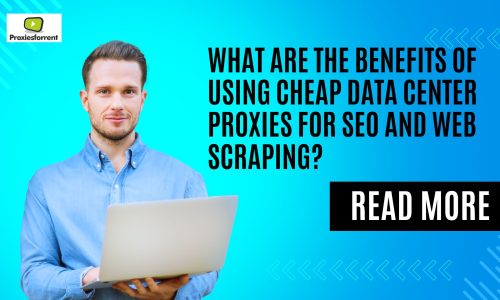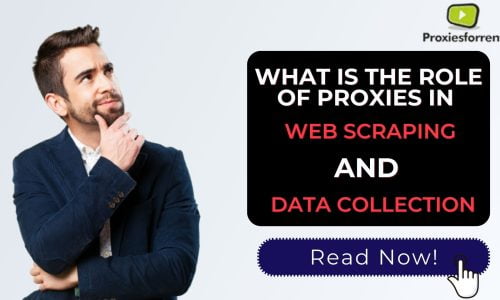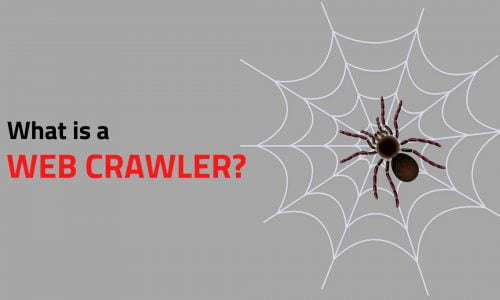Understanding Web Crawling
Web crawling, often referred to simply as crawling, is the process of systematically browsing the internet to index and collect information from web pages. Search engines like Google, Bing, and Yahoo employ web crawlers, also known as spiders or bots, to traverse the web and gather data. These crawlers start from a set of known web pages, known as seed URLs, and then follow hyperlinks to other pages, recursively indexing content along the way.
Key Characteristics of Web Crawling
1. Depth-First Approach: Web crawlers typically adopt a depth-first approach, delving deep into a website’s order to discover as many pages as possible.
2. Indexing for Search Engines: The primary objective of web crawling is to gather information for search engine databases, enabling users to recover relevant results for their queries.
3. Continuous Updates: Web crawlers continuously revisit websites to ensure that their indexed data remains current and reflective of the ever-evolving web landscape.
4. Proxy Utilization: To manage their operations effectively, web crawlers often utilize proxies, including private proxies and shared proxies, to anonymize their requests and avoid IP blocks.
Use Cases of Web Crawling
1. Search Engine Indexing: Crawlers gather data to create searchable indexes for search engines.
2. Website Health Monitoring: Organizations use crawlers to monitor the health and accessibility of their websites.
3. Data Aggregation: Crawlers collect data for various purposes, such as market research, competitive analysis, and content aggregation.

Web Scraping
Web scraping involves extracting specific information from web pages, typically for analysis, research, or data integration purposes. Unlike web crawling, which focuses on indexing a wide range of content, web scraping targets particular data points within individual web pages. Scrapers navigate web pages, locate desired elements using techniques like XPath or CSS selectors, and extract the relevant data.
Key Characteristics of Web Scraping
1. Targeted Extraction: Web scraping targets specific data points or elements within web pages, such as product prices, news headlines, or weather forecasts.
2. Customized Scripts: Scraping often requires custom scripts or software tailored to the structure of the target website and the desired data.
3. Data Transformation: Scraped data may undergo further processing, such as cleaning, formatting, or analysis, before being utilized for various applications.
4. Proxy Integration: To avoid detection and access to data from multiple sources efficiently, web scrapers often leverage proxies, including services like Proxiesforrent, to rotate IP addresses and mitigate the risk of IP bans.
Use Cases of Web Scraping
1. Price Monitoring: E-commerce businesses scrape competitor websites to track product prices and adjust their pricing strategies accordingly.
2. Market Research: Researchers scrape data from social media platforms, forums, and review sites to analyze consumer ideas and directions.
3. Lead Generation: Sales and marketing professionals
scrape contact information from websites to generate leads for outreach campaigns.
Conclusion
While web crawling and web scraping share similarities in terms of data extraction from the web, they serve distinct purposes and operate at different levels. Web crawling focuses on indexing vast amounts of web content for search engine databases, while web scraping targets specific data points within individual web pages for analysis and integration.
Both processes play important roles in harnessing the wealth of information available on the internet, enabling businesses, researchers, and developers to extract valuable insights and drive decision-making.
Frequently Asked Question
Web scraping can be detected by website administrators through various means such as analyzing access logs, implementing CAPTCHA challenges, or employing anti-scraping measures.
Challenges include handling dynamic content, managing rate limits, avoiding IP blocks, and maintaining data quality and integrity.
Web crawling is about navigating and indexing the web, while web scraping focuses on extracting specific data from web pages.
APIs (Application Programming Interfaces) provide structured access to data, often offering a more efficient and reliable alternative to web scraping when available.
Proxies enable users to manage IP addresses effectively, providing anonymity, reliability, and uninterrupted access to data.
Private proxies offer exclusive access to an IP address, providing enhanced security, reliability, and performance compared to shared proxies.



